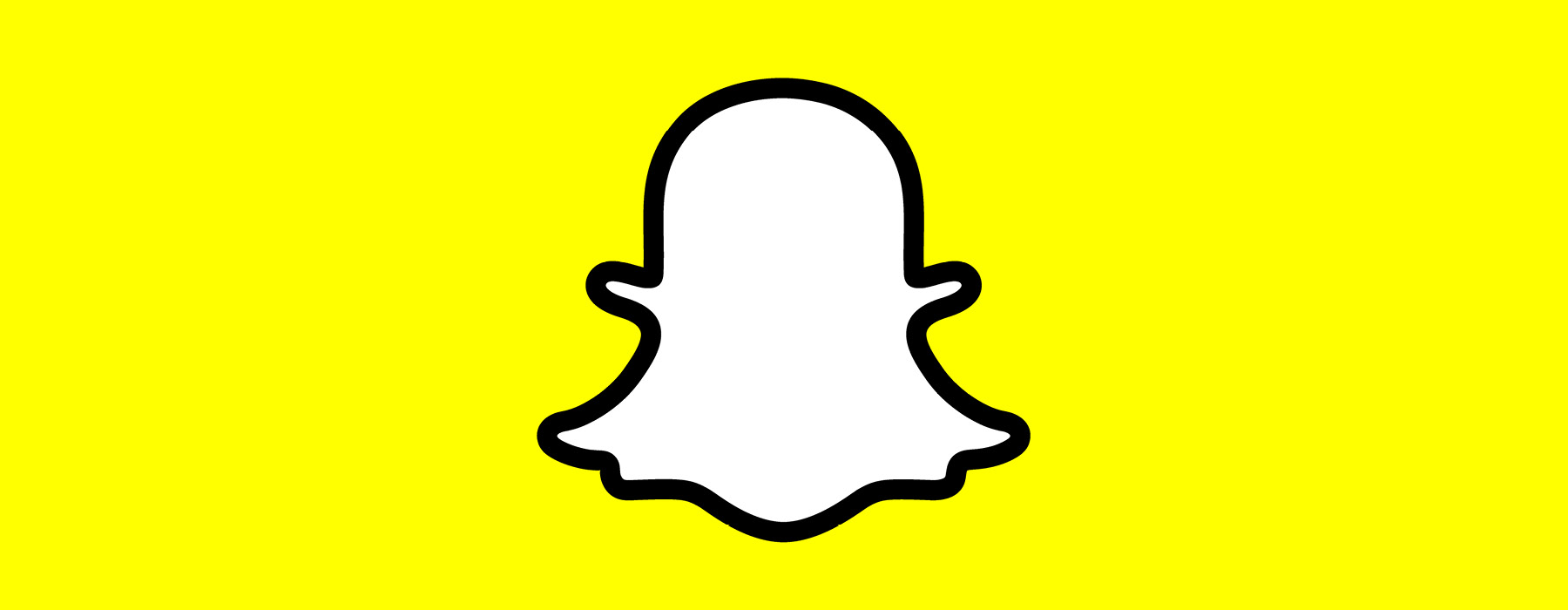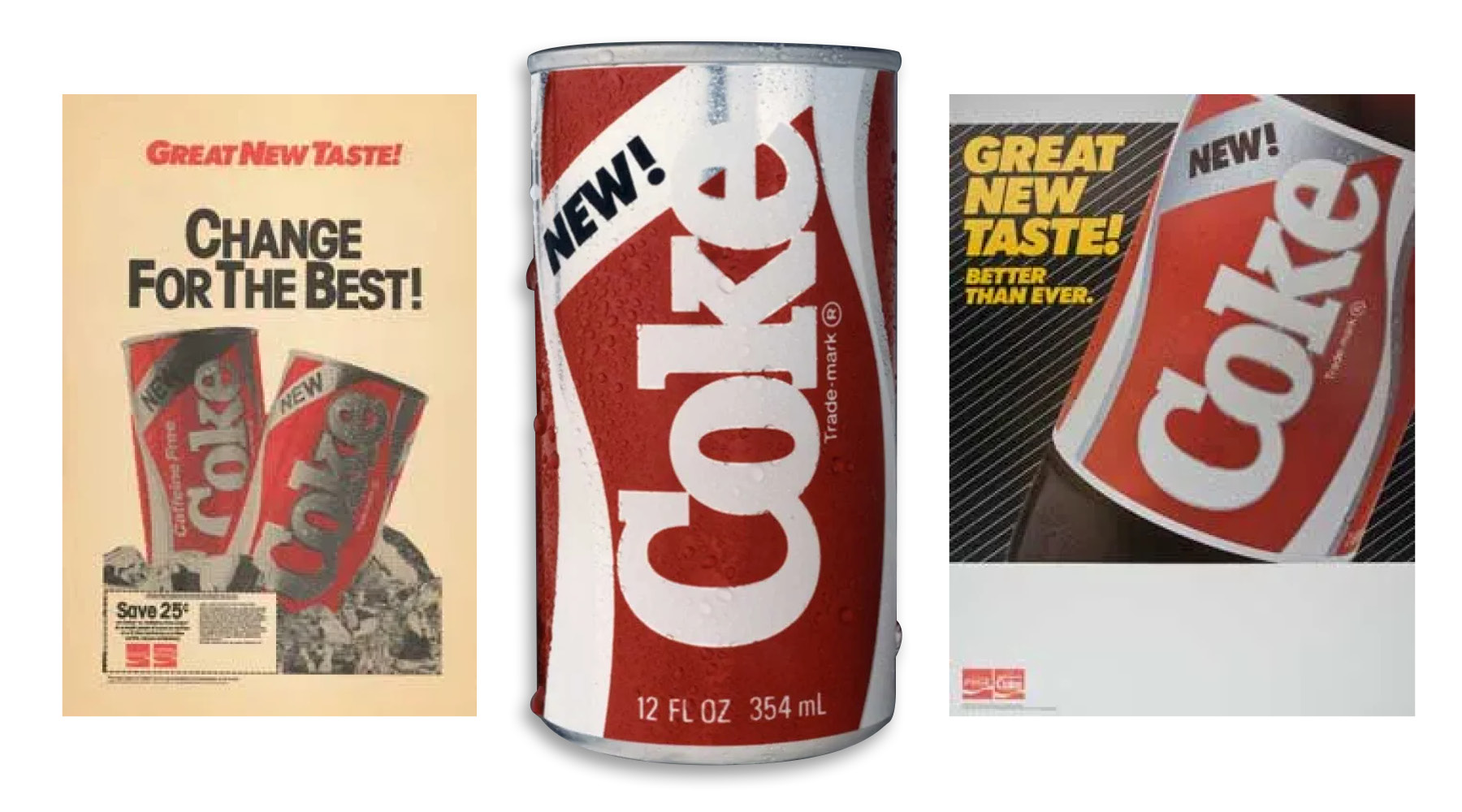Language
You can read the magazine in one of the following languages
Geolocation
You can read the global content or the content from your region

A 2021 Fortune study found 85 percent of companies are accelerating their transformations. That’s a lot of change.
Although change is the only constant, the 80 percent failure rate of change initiatives hasn’t budged for decades. Change failure is a pervasive problem that has been around for my entire career. The reality is that most companies attempting to change end up failing. This doesn’t mean failure is inevitable, but it does mean that we can learn from others’ mistakes.
Here are three noteworthy change blunders and how we can avoid them.

The merger was hailed as a game-changer for the media industry but ended up being one of the most expensive corporate disasters in history. The deal resulted in massive losses for shareholders and the resignation of key executives. The Chair attributed a lack of change management leading to an irreversible clash of corporate cultures as the reason for the failure.
Learning: Culture doesn’t just eat strategy for breakfast; it can kill change too.
Change initiative failure can also, of course, occur in smaller companies. Many businesses have implemented systems that are never used, with their investment in these systems becoming a complete waste of resources.
It’s important for companies to recognize change is necessary for survival in today’s business landscape. Successful change implementation requires a solid change management strategy; change leaders who can role model and advocate for a different way of doing things; and the adoption of new tools and processes.
Real change needs grit and commitment. It also needs actual resources (that is, budget, time and people).

Five years ago, the company thought it was time for a refresh. It made changes to simplify the app’s interface, but the new design made it harder for users to find and interact with the content they knew and loved. This led to a significant drop in user engagement and thus advertising revenue.
Learning: The earlier you involve end users, the better.
Any change should invite user feedback and testing to ensure the change aligns with their preferences.

There was significant data that led Coca-Cola to believe it should introduce a new formula to its famous soft drink. The company dubbed it ‘New Coke’ and had high hopes of market penetration around the world. But the reaction of the public was an unequivocal rejection of the new formula.
Learning: Data only tells one side of the story.
Coca-Cola had failed to recognize that its customers had a strong attachment – and emotional connection – to the original flavor. The company didn’t consider the emotive impact of this change on its customer base.
In my experience, one of the biggest reasons for the high failure rate of change is that many organizations approach change in a haphazard manner. It’s something that’s done when there’s a business-critical project or when there’s leftover budget.
They may not have a clear plan nor communicate changes effectively – if at all – to employees. There may be a lack of accountability for those leading the change, leading to a lack of direction and follow-through.
Another reason is the resistance that exists within many organizations. Resistance to change is normal – it protected us from unknown dangers in the prehistoric era. Change is often difficult and uncomfortable, and employees will naturally resist changes to their routines.

Change is often difficult and uncomfortable, and employees will naturally resist changes to their routines.
What organizations don’t realize is that with effort, intention, dedication and commitment, resistance can be turned into resilience. Instead of proactively engaging and managing resistance, most managers ignore it or try to push people into submission. And without proper buy-in from employees and stakeholders, change initiatives falter.
I wonder what would have happened to Australian telecommunications provider Optus if its leaders proactively managed unexpected changes such as the widespread outage this year, instead of pointing the blame at its parent company?
A lack of willingness to learn from a 2022 cybersecurity attack (yet another unexpected change) by building change capability meant the company was unprepared – leading to customer outrage and an uptick of customers moving to its competitors. Optus failed to anticipate the speed and scale of the negative impacts of not managing change well, and didn’t adapt quickly enough to consumer expectations and market conditions.
Change initiatives often fail to consider the long-term implications. When organizations prioritize short-term gains over long-term planning and strategy, they may fail to anticipate roadblocks or obstacles that could arise in the future. This is a major driver of culture change failure. CEOs are usually remunerated against a rising share price and quarterly results, not long-term metrics such as organizational health.
The rapid pace of technological advancement and increasing complexity of the business world means that organizations must adapt quickly to stay competitive. However, this can also lead to a sense of overwhelming pressure and uncertainty, which can make it difficult for organizations to effectively plan and implement change initiatives in a clear, logical way.

If we want unconventional results, we can’t keep taking the conventional path.
Change management is a complex and challenging process that requires careful planning, communication and execution. The majority of organizations don’t give change the prioritization, investment and attention it needs – hence the stubbornly high failure rate.
However, if we want unconventional results, we can’t keep taking the conventional path. If we are courageous enough to try something new and learn from our own and other organizations’ errors, we can embrace change and reap the rewards.

Friska Wirya
Contributor Collective Member
Friska Wirya is the powerhouse behind Fresh by Friska, a boutique change management consultancy for leaders, teams and global businesses. She is the best-selling author of ‘The Future Fit Organization: A Leader’s Guide to Transformation’, a TEDx speaker and a Top 50 Global Change Management Thought Leader. Friska has been featured in SmartCompany, The Sydney Morning Herald, The Straits Times, Vogue and Harper’s Bazaar. Discover more at https://www.freshbyfriska.com/